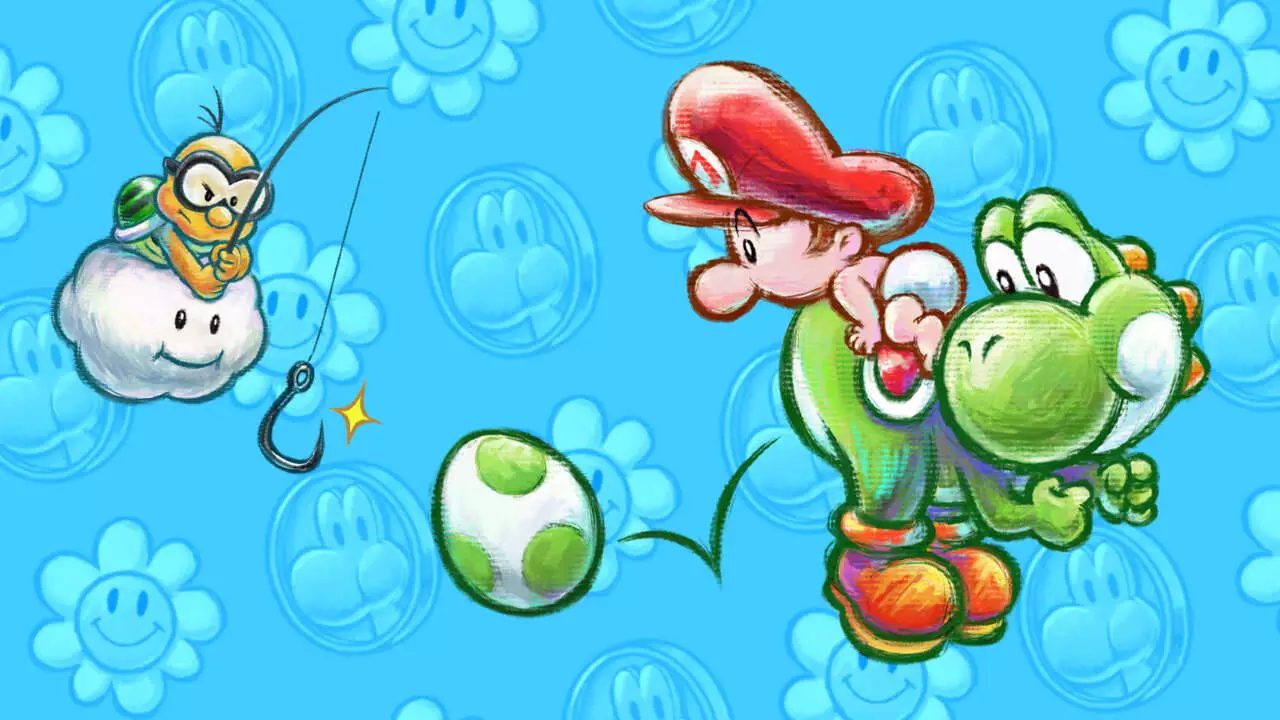The forthcoming Nintendo Museum in Kyoto promises to immerse fans in the rich tapestry of Nintendo’s history, offering an extensive collection of memorabilia and games that shaped the entertainment landscape. However, amid the excitement of this cultural milestone, a peculiar debate has emerged, focusing on the classification of one iconic title: Yoshi’s Island. The museum’s categorization of this classic game serves as an unexpected touchpoint, igniting discussions about the identities of beloved characters and franchises.
Upon exploring the museum’s layout, it becomes evident that Nintendo has taken great care in constructing a narrative around its franchises. Recent reports from a media preview indicate that the Mario section is the heart of this exhibit, housing a broad spectrum of titles from platformers to spin-off games. Notably, this area is designed to highlight the evolution of Mario as a cultural icon, from his humble beginnings to his status as a household name. Yet, the conspicuous absence of Yoshi’s Island from this prominent display raises eyebrows and questions about franchise boundaries.
Yoshi’s Island, released as Super Mario World 2, features our beloved dinosaur hero tasked with protecting baby Mario through whimsical landscapes filled with vibrant colors and cunning enemies. Unlike traditional Mario games, where the emphasis lies solely on Mario’s heroics, Yoshi’s Island centers around Yoshi’s unique abilities. This distinctive gameplay stylization may have led to a reevaluation of the game’s association with Mario. By placing Yoshi’s Island in its dedicated franchise section, the museum asserts a defining stance: Yoshi is not merely a sidekick; he is a protagonist in his own right.
Josh Ryckert, a notable gaming journalist, has taken the opportunity to voice his frustrations regarding this categorization. He intends to push Nintendo for a reassessment, hoping to bridge the apparent divide. This situation strikes a chord with many fans who have long debated whether Yoshi’s adventures stem from Mario’s world or exist within a distinct narrative universe. Acknowledging and fostering these discussions is essential for the legacy of gaming culture, but it also complicates how fans perceive and experience these titles.
The Nintendo Museum is not just a display of artifacts; it is also a testament to the ever-evolving nature of gaming narratives. While Yoshi’s Island may not be categorized within the Mario franchise in the museum, this decision invites deeper reflection on how franchises are defined and how characters contribute to their respective universes. As visitors engage with these displays, they will inevitably carry away their interpretations and opinions on which games rightfully belong to which franchise.
The establishment of the Nintendo Museum in Kyoto is set to become a landmark for fans and historians alike. However, as this discussion around Yoshi’s Island and its place in franchise hierarchies suggests, the interpretation of gaming history is as intricate as the games themselves. This evolving dialogue is what keeps the spirit of Nintendo alive in the hearts of its community, reminding us that every game has a story that goes beyond its mechanics.


Leave a Reply